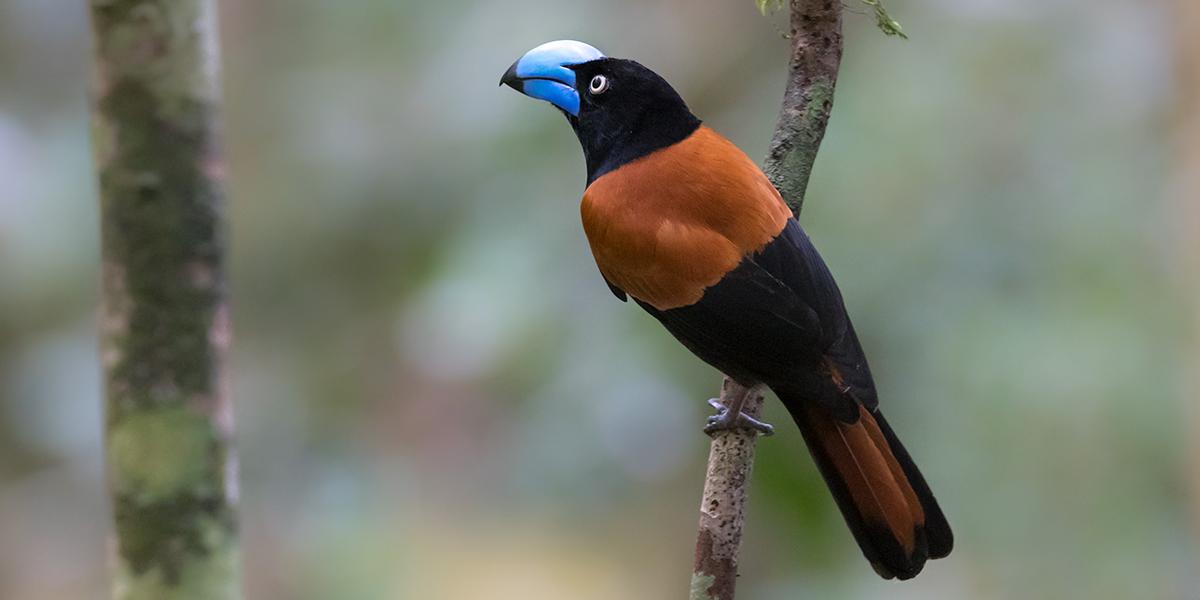
Situated off the south-east coast of Africa, Madagascar is the fourth largest island in the world. The island has been isolated for over 80 million years resulting in unique and other-worldly fauna and flora. Over 80% of the wildlife on Madagascar is endemic, making this one of the most attractive wildlife destinations in the world. Naturalists have been enchanted by Madagascar long before Charles Darwin arrived on the Galápagos.
16 Nights & 15 Days
This tour will visit the most productive areas and will focus on more than just birds. With our enthusiastic all-round-naturalist guides we will look at everything from dancing Sifakas and Ring-tailed Lemurs, to freaky spiny forests and giant Baobabs, to flashy reptiles and amphibians. The tour offers excellent photographic opportunities.
Antananarivo - Andasibe NP - Antsirabe - Ranomafana NP - Isalo NP - Ifaty - Antananarivo - Ankarafantsika NP - Antananarivo
6-7 + Tour Leader
14 - 29 October 2024
You will be collected at the airport and taken to the hotel. Depending on your time of arrival we may have time to visit Lac Alarobia and / or Tsarasaotra where we will enjoy some local wetland birding. This RAMSAR site is located in the middle of the city and is home to 14 threatened bird species such as the Madagascar Pond Heron, Meller's Duck and Madagascar Grebe. Other species we will be looking out for include Hottentot Teal, Red- billed Teal, White-faced Whistling Duck, Knob-billed Duck, Dimorphic Egret, Squacco Heron, Madagascar Wagtail, Madagascar Coucal, Mascarene Martin, Madagascar Kestrel, Red Fody, Madagascar Black Swift, Madagascar White-eye and Madagascar Mannikin.
Antananarivo, called Tananarive in French and also known by its colonial short form Tana, is the capital and largest city of Madagascar. It is the political, economic, educational and cultural heart of Madagascar. It hosts the largest number of universities, nightclubs, art venues, medical services and other social service institutions of any city on the island.
Here we can expect subtropical highland climate with mild, dry winters and warm, rainy summers. Daily average temperatures range from 20.8 °C in December to 14.3 °C in July.
After breakfast we leave behind the bustling city of Antananarivo and continue with a 4-hour drive to Andasibe National Park, the kingdom of lemurs. We will stop enroute for a short visit to the Peyrieras Reptile Reserve, which boasts an impressive collection of reptiles, amphibians and butterflies.
During the late afternoon we will visit Lemur Island where we will have the chance to photograph Eastern Grey Bamboo, Black and White Ruffed, and Red-Bellied Brown and Red-ruffed Lemurs up close. The lemurs that live on this small river island are individuals rescued from the captive wildlife trade.
Before dinner we will do a night walk along the forest's edge to look for nocturnal lemurs, chameleons and other reptiles. Some of the nocturnal lemurs we will be looking out for include the diminutive Goodman's Mouse Lemur, Eastern Woolly Lemur, Greater Sportive Lemur, Hairy-eared Dwarf Lemur and Crossley's Dwarf Lemur.
After an early breakfast we will head into the park where we will spend the day exploring.
Andasibe-Mantadia National Park is a 155 square kilometre protected area, consisting principally of primary growth. This rain forest provides habitat to a vast biodiversity, including many endemic and rare and endangered species.
The extraordinary animal diversity is completed with 15 mammal species, more than 100 species of birds, 50 species of reptiles and more than 80 species of amphibians. There are also a few local endemic fish in the small rivers and hundreds of insects, among them some extraordinary colourful butterflies
Andasibe is home to many species of lemurs, including the largest of them all, the Indri. Others include Diademed Sifaka, Black and White Ruffed Lemur, Greater Bamboo Lemur, Lesser Bamboo Lemur and Common Brown Lemur.
Bird species that are regularly encountered include Madagascar Starling, Madagascar Blue Pigeon, Madagascar Pygmy Kingfisher, Greater Vasa Parrot, Ward's Flycatcher, Madagascar Paradise Flycatcher, Madagascar Cuckooshrike, Spectacled Tetraka, White-throated Oxylabes, Nelicourvi Weaver, Souimanga Sunbird, Madagascar Spinetail, Long-billed Bernieria, Red-fronted and Blue Couas, Common and Green Jerys and the bizarre looking Cuckoo-Roller. Several species of Vangas occur here including Blue, Rufous, Chabert's, Pollen's and Hook-billed.
Before dinner we will embark on another night walk in search of nocturnal delights.
Unfortunately, there is no shorter or faster way of getting to Ranomafana than to drive there. To break the long journey in half we will spend one night in Antsirabe. The drive from Andasibe to Antsirabe is approximately 7 hours. Antsirabe, the third largest city in the country, is also known as the pousse-pousse city of Madagascar with hundreds of colorful rickshaws. For those who would like to can visit the local markets.
After breakfast we will continue our journey to Ranomafana. Along the way we will have a chance at a short visit to see and buy the famous wood carvings made originally by the Zafimaniry people as well as many other handcrafts.
We will embark on a night walk to discover some of the splendours that this area has to offer.
Finally, the day has arrived to explore Ranomafana National Park. With more than 41,600 hectares of tropical rainforest, Ranomafana is without a doubt one of the most spectacular National Parks in Madagascar. It is home to the Golden Bamboo Lemur, Eastern Woolly Lemur, Red bellied Lemur, Eastern Grey Bamboo Lemur, Greater Bamboo Lemur, Red-fronted Brown Lemur, Black-and-white Ruffed Lemur, Milne-Edward ?s Sifaka, Small-toothed Sportive Lemur, Greater dwarf Lemur, Brown Mouse Lemur and the very rare and shy Aye-aye. Other mammals include 7 species of tenrecs, 8 bats and 6 carnivores which include the Malagasy striped Civet and mongoose species. It hosts over 130 species of frogs of which some are still being described.
There are at least 115 recorded bird species in Ranomafana NP (30 are locally endemic to this part of Madagascar). Of particular interest here are the Brown Mesites, Pollen's Vanga, Blue Vanga, Common Sunbird-asity, Pitta-like Ground-roller, Short-legged Ground-roller, Rufous-headed Ground-roller, Red-fronted Coua, Collared Nightjar, Henst's Goshawk, Forest Rock-thrush, Grey-crowned Greenbul, Wedge-tailed Jery and Yellow- browed Oxylabes.
Apart from that, the immense wildlife is completed by 62 species of reptiles (chameleons, snakes and fringed and satanic leaf-tailed geckos are pretty common), 98 frogs, 90 butterflies, 350 spiders and several fish and crayfish species.
Many of the plants here are used by the Tanala and the Betsileo people for medical purposes and other botanical highlights include many orchids and carnivorous plants.
Another night walk before dinner should produce more exciting nocturnal creatures.
Leaving behind Ranomafana National Park we head towards the magnificent Isalo National Park.
Along the way we will stop in at Anjá Community Reserve, a small woodland area with a nearby freshwater lake, situated at the base of a large cliff. On our last trip, we saw Oustalet's Chameleon, Ring-tailed Lemurs, Malagasy Bulbuls and Malagasy Kingfisher. We heard another group of Lemurs and shortly afterwards came across a playful group playing in the open fields alongside the lake. Here we spent some time enjoying their presence and everyone took numerous pictures as the animals played and frolicked in front of us.
As we approach Isalo you will notice that it is quite unlike any other place in Madagascar. Its appeal is the remarkable landscape of eroded ruin form sandstone outcrops, canyons and rare plants. The morning and evening light is often spectacular making this an attractive place for photographers. The park covers 81,500ha of the Isalo Massif, which rises majestically from the surrounding flat, grassy plain. The sandstone has been eroded into weird shapes, cut through by impressive gorges. Vegetation is concentrated in the bottom of the canyons where there are flowing streams providing much needed moisture for flora and fauna alike.
Several Pachypodium species and locally endemic Aloes make this area especially interesting to botanists.
Notable mammals include Sifakas, Red-fronted brown Lemurs and Ring-Tailed Lemurs.
On the birding front we can expect to find Benson's Rock-thrush, White-throated Rail, Madagascar Cuckoo-roller, Madagascar Coucal, Madagascar Wagtail, Madagascar Kestrel, Madagascar Hoopoe, Madagascar Cuckoo, Madagascar Lark, Madagascar Cisticola and Bat Hawk.
After check-in we will embark on an afternoon walk to see what new species we can find.
We will spend the full day exploring this wonderful park with its canyons, waterfalls, plateaus and gorges.
Leaving behind the grand Isalo massif we head towards the deciduous forests of South-west Madagascar.
Enroute we will stop and visit Zombitse Forest Reserve. Together with the adjacent forests of Vohibasia, Zombitse constitutes the last - and therefore biologically significant - remnant of transition forest between the western and southern regions. This park is of particular interest to birdwatchers, being home to one of the country's rarest localised endemics, the Appert's Tetraka.
Other species that can be found here include Crested and Giant Couas, Cuckoo Rollers, Madagascar Cuckooshrike, Madagascar Harrier-Hawk, Long-billed Bernieria, Madagascar Paradise Flycatcher and Madagascar Spinetail. Vangas to be found include Blue, Rufous and Red-tailed. With a massive amount of luck, we might even see Madagascar Ibis.
Mammals that occur here include Verreaux's Sifaka, Ring-tailed Lemur, Red- fronted Brown Lemur, Hubbard's Sportive Lemur, Pale Fork-marked Lemur, Coquerel's Giant Dwarf Lemur, Fat- tailed Dwarf Lemur, Grey Mouse Lemur, Fosa, Greater Hedgehog Tenrec, Large-eared Tenrec and Western Big- footed Mouse.
Reptiles are also plentiful here and include the locally endemic Standing's Day Gecko, Oustalet's Chameleon, Dumeril's Boa and Giant hog-nosed Snake.
We will arrive in Ifaty in the afternoon where the rest of the day may be spent at leisure at our beautiful beach-side resort. Ifaty is a small fishing village set on the glorious Mozambique Channel. There are amble opportunities here for fishing, snorkelling and diving.
We will have a pre-dawn start today to Ifaty's spiny forest. This area is of great interest to birdwatchers and botanists. An early morning birding walk should produce the threatened and locally endemic Long-tailed Ground-Roller and Subdesert Mesite. Other specials that occur here include Lafresnaye's and Sickle-billed Vanga, Banded Kestrel, Archbold's Newtonia, Thamnornis Warbler, Subdesert Brush Warbler as well as Olive-capped and Running Coua.
We will spend some time in this forest made up of some of the most bizarre flora imaginable - fascinating spiny forest of Alluadia madagascariensis in which the waving branches of devilishly-spined octopus trees contrast sharply with the squat, rounded forms of bulbous baobabs. Endemism here is very high, about 95% of the plant species are found nowhere else on earth. Reptiles to look out for will be Oustalet's and Horned Chameleon, Spider Tortoise, Dumeril's Boa and Big-headed Gecko. Enroute back to the hotel we will search for Madagascar and Kittlitz's Plover, Greater Painted- snipe, Greater Flamingo, Black-winged Stilt, Little Bittern, White-throated Rail and Baillon's Crake.
We will head back to our accommodation for lunch and some leisure time with beautiful views of reef protected beaches that allow for swimming and snorkelling. The beautiful gardens provide great opportunities to photograph butterflies, dragonflies and reptiles.
During the late afternoon we will venture into the surrounding areas in search of some localised endemic birds, the main targets being Red-shouldered Vanga and Verreaux's Coua.
Today we fly back to the capital. The final flight schedule will determine whether we will spend the morning birding in the area and then visit the sapphire mining town of Toliara enroute to the airport, or whether we will head to the airport early and visit the Lemur Park & Botanical Garden in Antananarivo.
After breakfast we will be transferred to the airport for our flight to Mahajanga. From Mahajanga we will be transferred to our accommodation at Ankarafantsika National Park.
Ankarafantsika, also known as Ampijoroa Forest Station, is one of the largest and last remaining sections of dense deciduous forest in Madagascar, filled with critically endangered and endemic species. The vegetation consists mainly of relatively low and scrubby deciduous forest with savannah areas and gallery forest around the Ravelobe Lake.
Ankarafantsika is the last refuge of several lemur and bird species, which makes the conservation of the park so important. The area is home to eight lemur species. A night walk is usually rewarding and one may find Milne-Edwards Sportive Lemur, Mongoose Lemur, Western Woolly Lemur, Grey Mouse Lemur, Fat-tailed Dwarf Lemur, and it is the only place where the Golden-brown Mouse Lemur occurs. During the day Coquerel's Sifakas are commonly seen.
The Park is also one of Madagascar's finest birdwatching venues with 129 species recorded, of which 75 are endemic: Coquerel's Coua, Red-capped Coua, Crested Coua, Madagascar Coucal, Madagascar Cuckoo, Madagascar Grebe, White-breasted Mesite, Madagascar Turtle Dove, Namaqua Dove, Madagascar Nightjar, Madagascar Wood-rail , White-throated Rail, Allen's Gallinule, Glossy Ibis, Madagascar Crested Ibis, Green-backed Heron , Madagascar Pond-heron, Cattle Egret, Madagascar Heron, Purple Heron, Black Heron, Western Reef-egret , African Darter, Madagascar Three-banded Plover, Madagascar Jacana, Madagascar Buttonquail, Common Barn-owl, White-browed Owl, Madagascar Scops-owl, Madagascar Harrier-hawk, Frances's Sparrowhawk, Madagascar Fish Eagle, Madagascar Buzzard, Cuckoo Roller, Madagascar Hoopoe, Olive Bee-eater, Broad-billed Roller, Madagascar Kingfisher, Madagascar Kestrel, Banded Kestrel, Peregrine Falcon, Vasa Parrot, Grey-headed Lovebird, Velvet Asity, Schlegel's Asity, Madagascar Cuckooshrike, Common Newtonia, Nuthatch Vanga, Chabert Vanga, Madagascar Blue Vanga, Hook-billed Vanga, Rufous Vanga, Van Dam's Vanga, Sickle-billed Vanga, White-headed Vanga, Crested Drongo, Madagascar Paradise-flycatcher, Madagascar Lark, Common Jery, Madagascar Cisticola, Madagascar Swamp-warbler, Long-billed Tetraka, Mascarene Martin, Madagascar Bulbul, Madagascar White-eye, Madagascar Magpie-robin, Common Stonechat, Souimanga Sunbird, Sakalava Weaver and Madagascar Wagtail.
10 frogs and 45 reptiles are found here Oustalett's, Dwarf, Horned and Rhinoceros Chameleons are quite easily found. Several vulnerable snake species are found here as well as the extremely rare Madagascar Big-headed Turtle and even Nile Crocodiles in the lake.
More than 800 plant species grow in Ankarafantsika, holding a high rate of endemism. Some significant species are the Cedrelopsis grevei, an odorous medicinal tree, baobabs, Palisander, Wild Vanilla, Retendrika, Crocodile Tree, Lohavato or the Sakoanala Tree, all of them endemic. Interpretative panels in the well-arranged botanical garden help visitors deepening their knowledge on the local flora.
After checking in at our accommodation we will go for a walk in search of lemurs, reptiles, birds, plants and insects. A night walk before dinner should produce some of the nocturnal wonders that occur here.
For the next two days we will explore this magical place by going on numerous walks, night walks and a boat cruise.
After some early morning birding we will transfer back to Mahajanga and catch our flight back to Antananarivo where will have our farewell dinner.
You will be transferred to the airport in time for your international flight.
Tour Cost: 6 pax: From USD 5,520.00 Per Person Sharing (PPS)
Tour Cost: 7 pax: From USD 5,115.00 Per Person Sharing (PPS)
Single Supplement: From USD 420.00
INCLUDED:
· Accommodation for 15 nights
· All meals starting with dinner on day 1 and ending with breakfast on day 16
· Vehicle & fuel
· Activities as per above itinerary
· All entrance fees and local guide fees
· Daily mineral water in vehicle
· All transfers, road taxes, parking
· Specialised naturalist & photography guide
· The following domestic flights:
· Toliara - Antananarivo
· Antananarivo - Mahajanga
· Mahajanga - Antananarivo
EXCLUDED:
· Tips and gratuities
· Personal expenses such as laundry, mini bar, phone calls
· Travel and health insurance
· Visa
· International flights
· Drinks
· Pre- and post-tour expenses
· Any pandemic-related expenses
· Any activities not mentioned in the itinerary
Domestic Flights:
Air Madagascar is the official carrier for our domestic flights. Flight delays and last-minute schedule changes are not uncommon and this may force us to re-arrange the itinerary to compensate for this.
We will do everything in our power to stick to the set itinerary as much as possible, but we might be forced to travel by road or opt for private charter flights. Chartered flights present possible extra costs to the tour. Please ensure that your travel insurance will cover you should the situation arise.
What to Bring:
· Light clothing that dries easily
· Insect repellent
· Hiking shoes
· Rain coat
· Binoculars
· Camera, extra batteries, memory cards, a flash is good for the rain forests
· Torch for night walks, extra batteries
· A jacket for the highlands, it gets chilly sometimes
· Any medication that you think you might need
· Euros or US dollars, not all establishments accept credit cards
Climate
The climate of Madagascar is subtropical, with a hot and rainy season between November and April (summer), and a cooler dry season from May to October (winter). However, there is a big temperature variation depending on altitude and geographical position. The west coast is drier than the east coast, whilst the far south and south west is a semi-desert region that experiences very little rainfall. Temperatures are much cooler in the highlands. Night temperatures in Antsirabe can descend below 5°C, so do not leave a warm pullover at home. Antananarivo has a pleasant, temperate climate thanks to its 1300m altitude. Along the coast temperatures are much higher than in the capital and range from 27°C to 32°C in the wet season and 18°C to 22°C in the dry season. If you are travelling to the Eastern region, do not forget your rain gear: rainfalls are expected to happen the whole year.
Entry Requirements
Passports of all visitors must be valid for at least six months. Visas valid for 90 days can be issued on arrival, but it is recommended that visitors obtain visas prior to arrival if possible. The fee for a visa obtained on arrival is 50 €. Return or onward tickets are generally required. If you are planning to stay over three months it is compulsory to apply for the visa in advance. For specific information concerning your country of origin please consult your next embassy or consular mission.
Equipment
Take only bags that travel along easily in small planes.
Culture, Customs and Religion
The Madagascans are a very hospitable and welcoming people, although their relaxed attitude may be sometimes frustrating.
Visitors are advised not to wear any military-style clothing and not to photograph military or police establishments.
Tipping is not usual, although in European-style restaurants and hotels tips of 10-15% are expected.
Almost all Malagasy combine the Christian faith (either Catholic or Protestant) with their traditional religion. Two groups, the Antalaotra in the northwest and the Antaimoro ('Arab-Malagasy') of the southeast, have adopted Muslim practices. In traditional religion, the Highest Being or Creator is Zanihari, or Andriananahary, now referred to Andriamanitra, who is neither male nor female.
The Malagasy follow a vast, complex system of beliefs pertaining to all aspects of everyday life. These vary from village to village and even family to family. The many taboos are called Fady.
There are three categories of fady: those related to actions - for example believing it is fady to sing while you are eating and if you do you will develop elongated teeth; those related to objects - for example, the Merina will not have funerals on Tuesdays as this may bring about another death in the family. Foreigners are exempt from having to adhere to fady, although it is sensible and considerate to find out as much as possible about this in regions you are visiting so as to avoid offending people. The most classical example of fady to which tourists might be confronted is the ban on the access to burial sites.
Fadys can be totally different from place to place. In the region around the Tsingy of Bemaraha it is fady to point at something with the forefinger. You must do it using your five fingers, just the same way the park ranger will probably explain to you.
The most conspicuous element in traditional Malagasy clothing is the Lamba, a wraparound sheet often printed with designs depicting everyday scenes. Some cheaper lambas also have slogans on them which should be checked before the cloth is paid for - some can be suggestive! In the highlands, particularly among the Betsileo people, lambas are worn on the shoulder. If it trails off to the person's right, it symbolises mourning. Lamba mena (red Lambas) are reserved for special occasions and are also used as burial shrouds.
Money
The official currency of Madagascar is the Malagasy Ariary (MGA), which has been reintroduced to replace the Malagasy franc.
You'll find people wanting to change money for you on the street or at the airport. But: Exchanging money at the illegal market is illegal! Probably the best exchange rate for all major currencies is provided by the BFV/ Société Générale Bank, which is represented in all big cities.
Most major credit cards are accepted in top hotels and major travel agencies in the capital and other major towns, but have limited usage elsewhere. There are some ATMs at different banks in Tana.
Electricity
Electrical current is 220 volts AC, 50Hz. Plugs are generally two-pin.
Terms & Conditions
The costs quoted are subject to unforeseen increases in tour related costs and may have to be adjusted.
Rates are based upon group tariffs and should the tour not have sufficient registrations a small party supplement will have to be charged.
Due to unforeseen circumstances, we may be forced to change or alter the itinerary at short or no notice; please be aware that we will attempt to adhere as close to the original program as possible.
You must please take out, prior to confirming the booking, comprehensive travel-, medical-, evacuation-, cancellation-, curtailment- and default insurance for the duration of your trip. Due to the remote areas through which you may travel, it is vital that all guests are covered for emergencies and other unforeseen circumstances. We will not be held responsible for guest travelling without insurance.
The relevant cancellation policy applies should you fail to start your journey for any reason, including airline delays or missed connections. Please ensure you have adequate travel insurance for this purpose. You become liable for cancellation penalties immediately on confirmation of booking services.
Passports must be valid (usually for at least 6 months after date of travel) and still have at least 3 blank visa (not endorsement) pages.
All visa requirements must be fulfilled and these are your responsibility. If you have any queries about obtaining visas, please contact us.
50% non-refundable deposit is due on confirmation and the balance 45 days before departure.
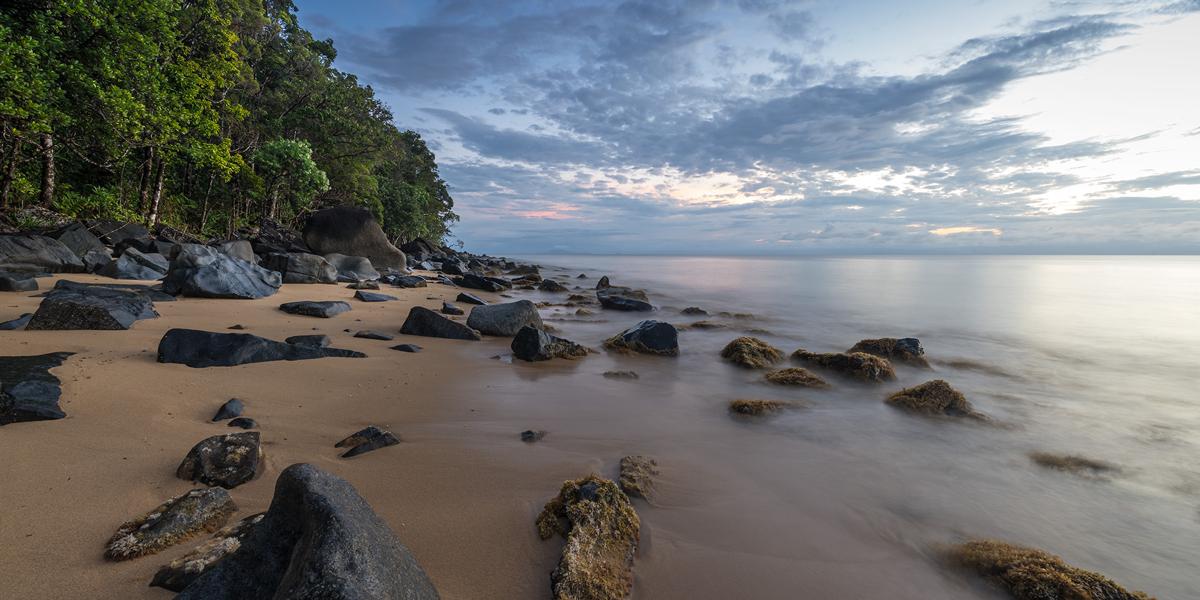
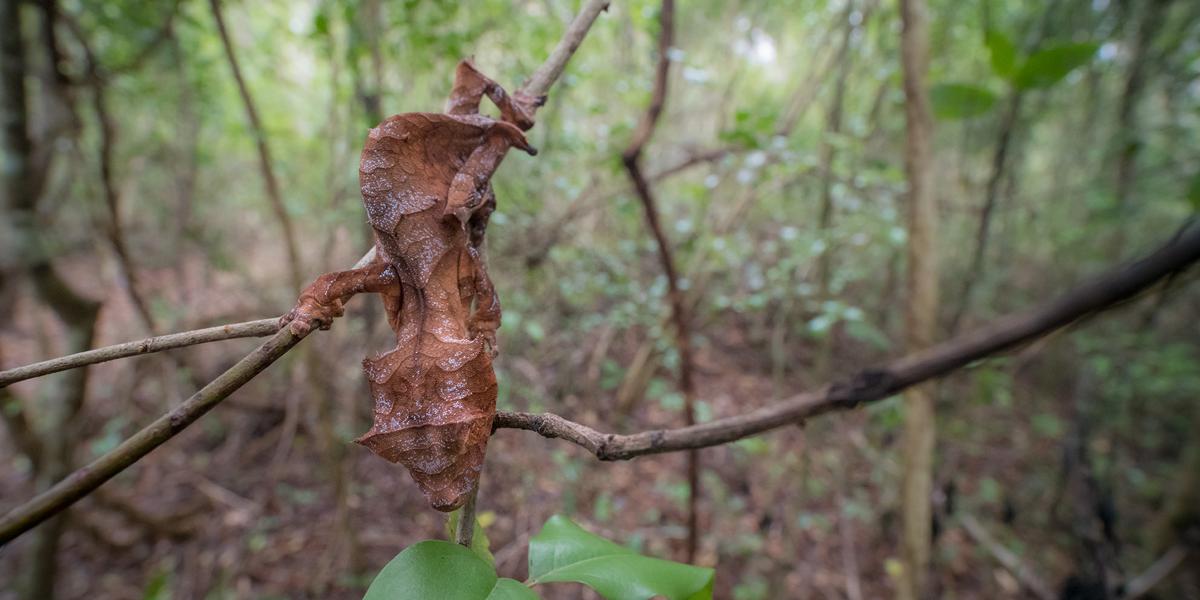
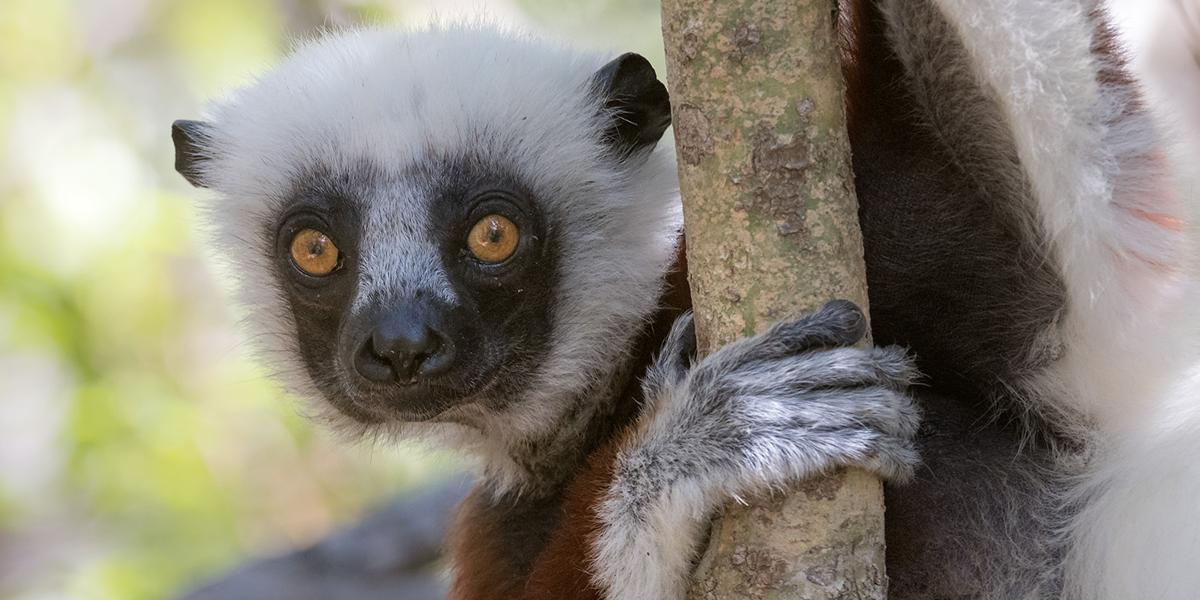
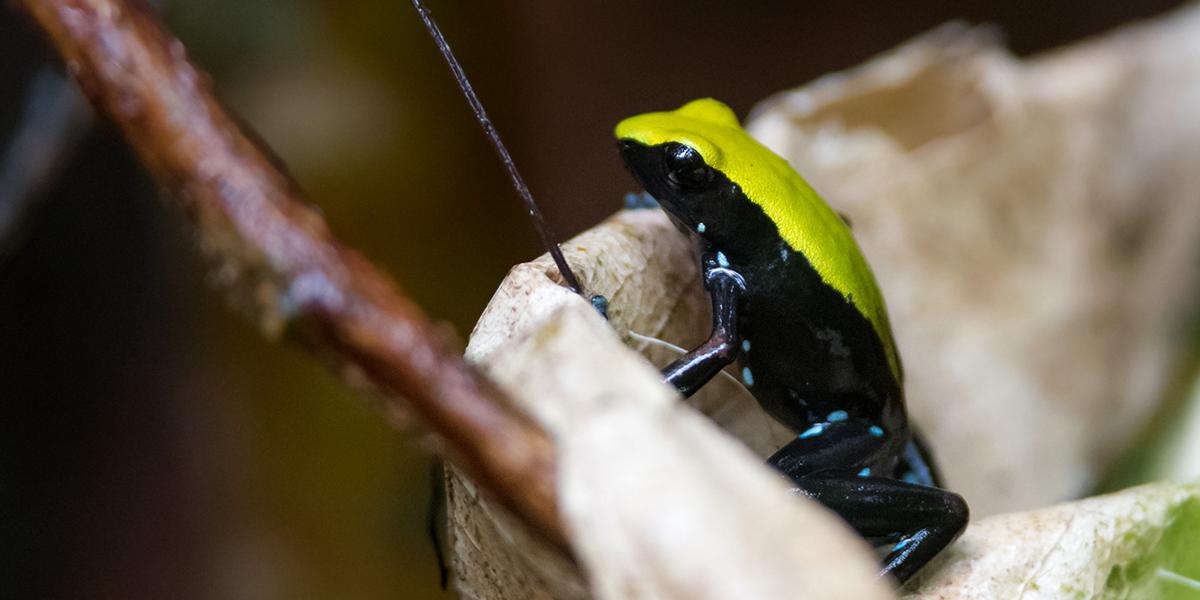
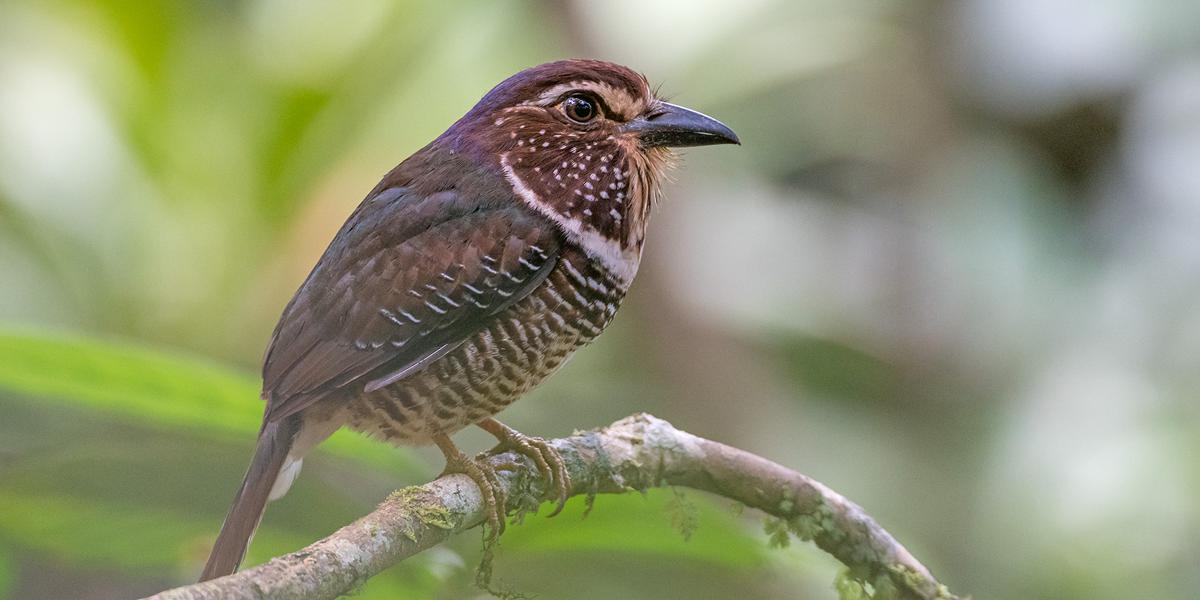
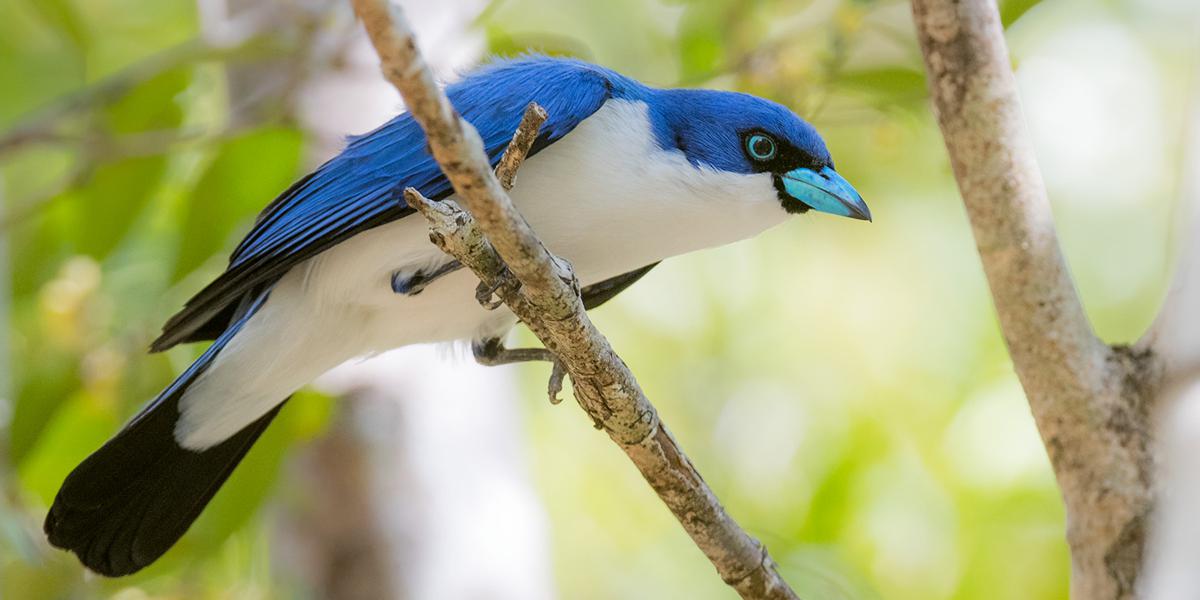
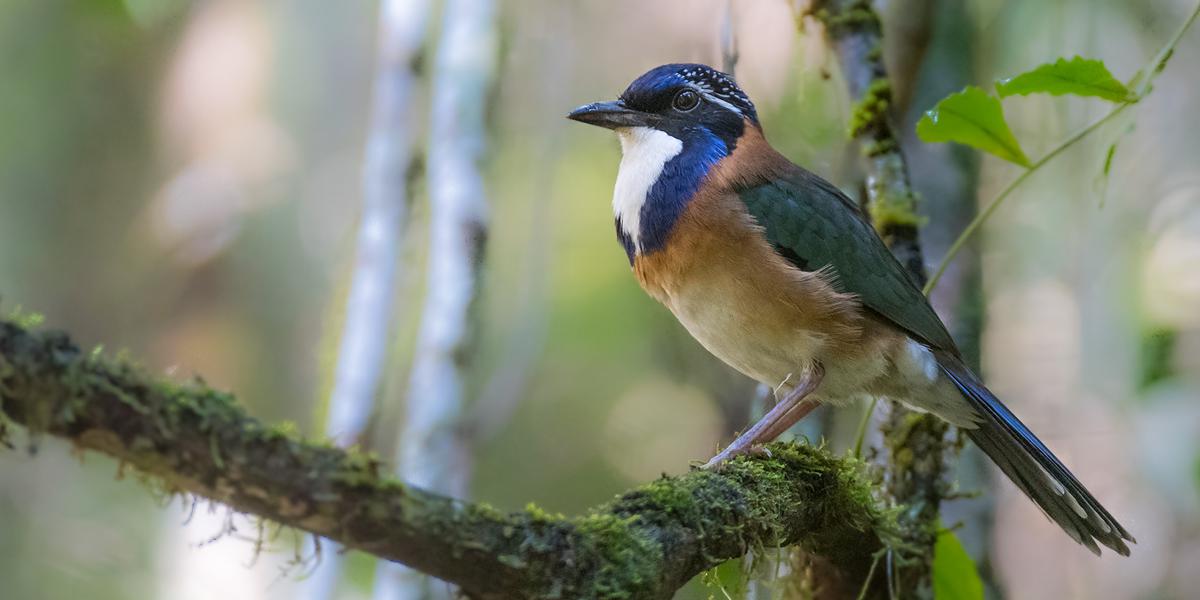
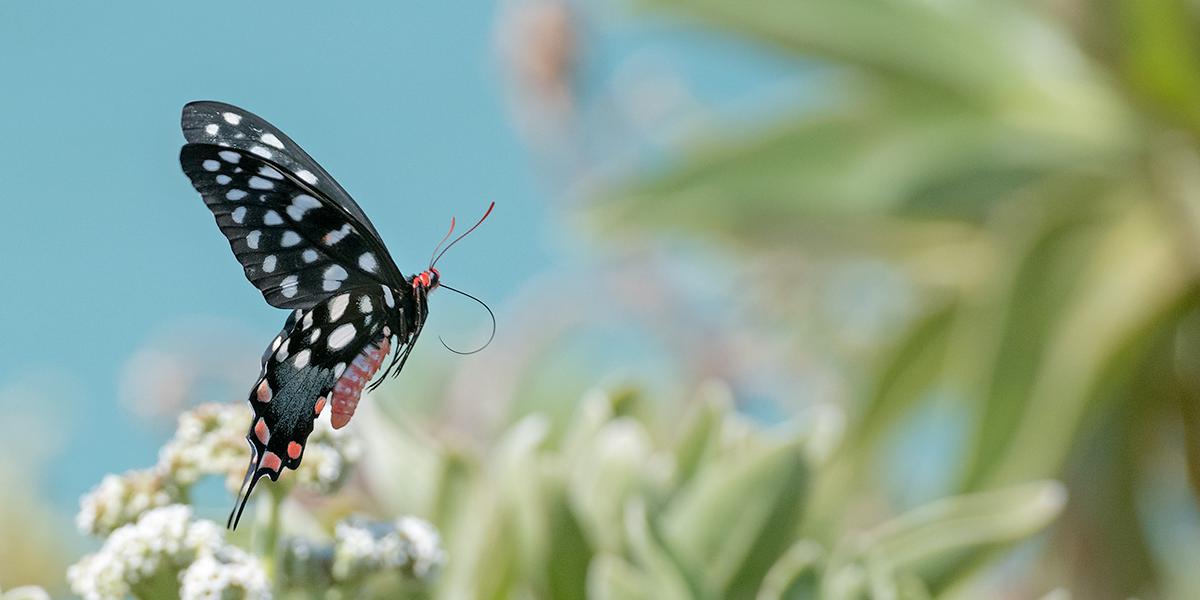
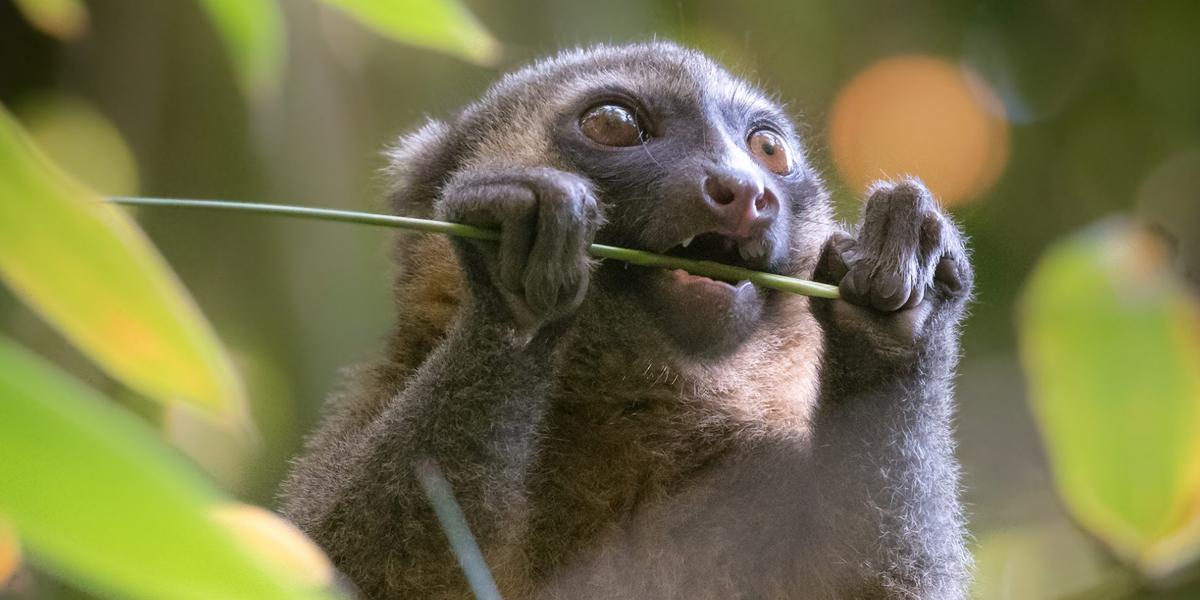
Subscribe to our newsletter for updates, set departures and upcoming tours and safaris. Get the inside scoop about our latest adventures and exciting endeavors ahead.
© 2025 The Naturalist Collection
All rights reserved.